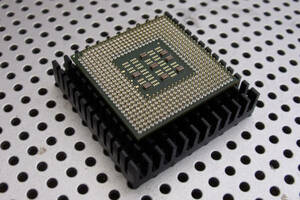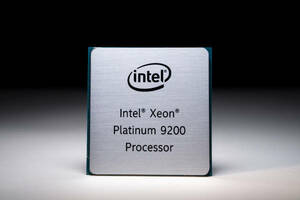
Intel’s New Video Describes the Fascinating Process of Microchip Manufacturing
Intel recently produced a video explaining the process of microchip manufacturing, “From Sand to Silicon: The Making of a Microchip.” Made in February, the instructional video illustrates the microchip manufacturing process from concept to consumer: “To build a modern microchip, Intel’s engineers place billions of these tiny switches into an area no larger than a fingernail. It’s…






